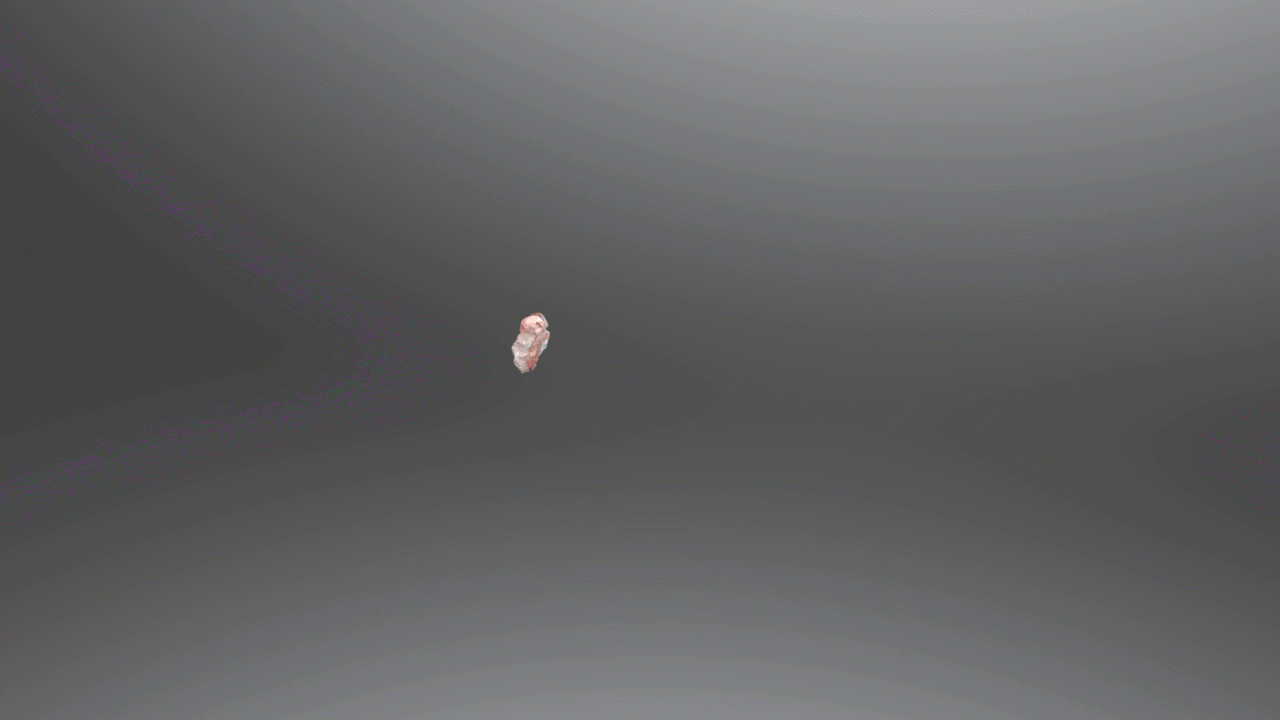GROWMORPH

GrowMorph is an ongoing research project that addresses the logic of bacterial cellular growth and its potential uses in architecture and design. While architects have always looked to the natural world for inspiration, today’s algorithmic technology opens new horizons for incorporating biological growth patterns into the realm of design and fabrication. Recent work in this area has only begun to explore the possibilities of using biological systems either as a model for design algorithms (e.g., Duro-Royo et al., 2015) or as an actual component in fabrication processes (e.g., Araya, Zolotovsky, & Gidekel, 2012). By examining various types/patterns of bacterial growth, including their parametric logic, their use of responsive membranes and scaffolding structures, and their environmental fitness, this research creates new algorithmic design and construction models that can be applied through digital fabrication. This investigation stands at an interface between biological systems and architectural design, using computational techniques to simulate and model biological processes.



One method for simulating the complex formations of the bacteria cellulose is to process the volumetric formation as a point cloud, and to evaluate the cloud in a single step. The cellulose-based mesh pattern used in this model is derived from the “marching cubes” algorithm developed by Lorensen and Cline (1987). Taken together, the eight neighboring points initially selected for consideration can be considered a “cube” surrounding the origin cell, and the growth pattern resulting from a combination of randomness and light simulation as a possible means of segmenting the cube. When the resulting form is combined with the results of the neighboring cubes (i.e., the cellulose extrusions of other cells), an overall mesh pattern emerges and expands over time.




Credit to: Design & Augmented Intelligence Lab
Research Team: Mohammad Saleh Tabari, Dr. Kalantari
Year: 2016